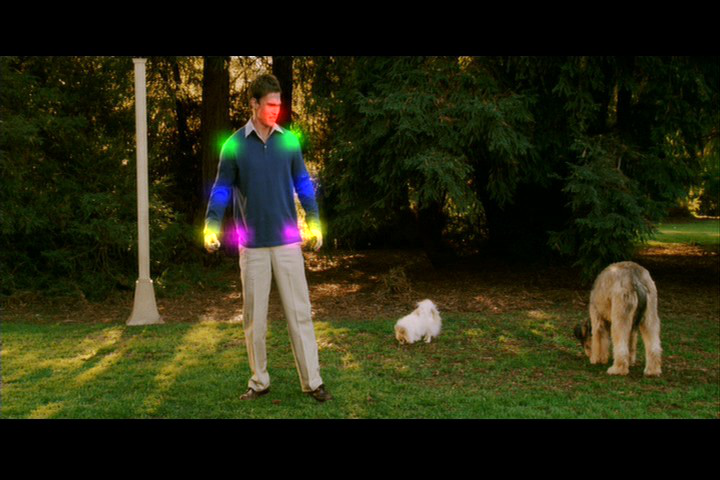Learning Human Pose Estimation Features with Convolutional Networks
This paper introduces a new architecture for human pose estimation using a multi- layer convolutional network architecture and a modified learning technique that learns low-level features and higher-level weak spatial models. Unconstrained human pose estimation is one of the hardest problems in computer vision, and our new architecture and learning schema shows significant improvement over the current state-of-the-art results. The main contribution of this paper is showing, for the first time, that a specific variation of deep learning is able to outperform all existing traditional architectures on this task. The paper also discusses several lessons learned while researching alternatives, most notably, that it is possible to learn strong low-level feature detectors on features that might even just cover a few pixels in the image. Higher-level spatial models improve somewhat the overall result, but to a much lesser extent then expected. Many researchers previously argued that the kinematic structure and top-down information is crucial for this domain, but with our purely bottom up, and weak spatial model, we could improve other more complicated architectures that currently produce the best results. This mirrors what many other researchers, like those in the speech recognition, object recognition, and other domains have experienced.
PDF Abstract



